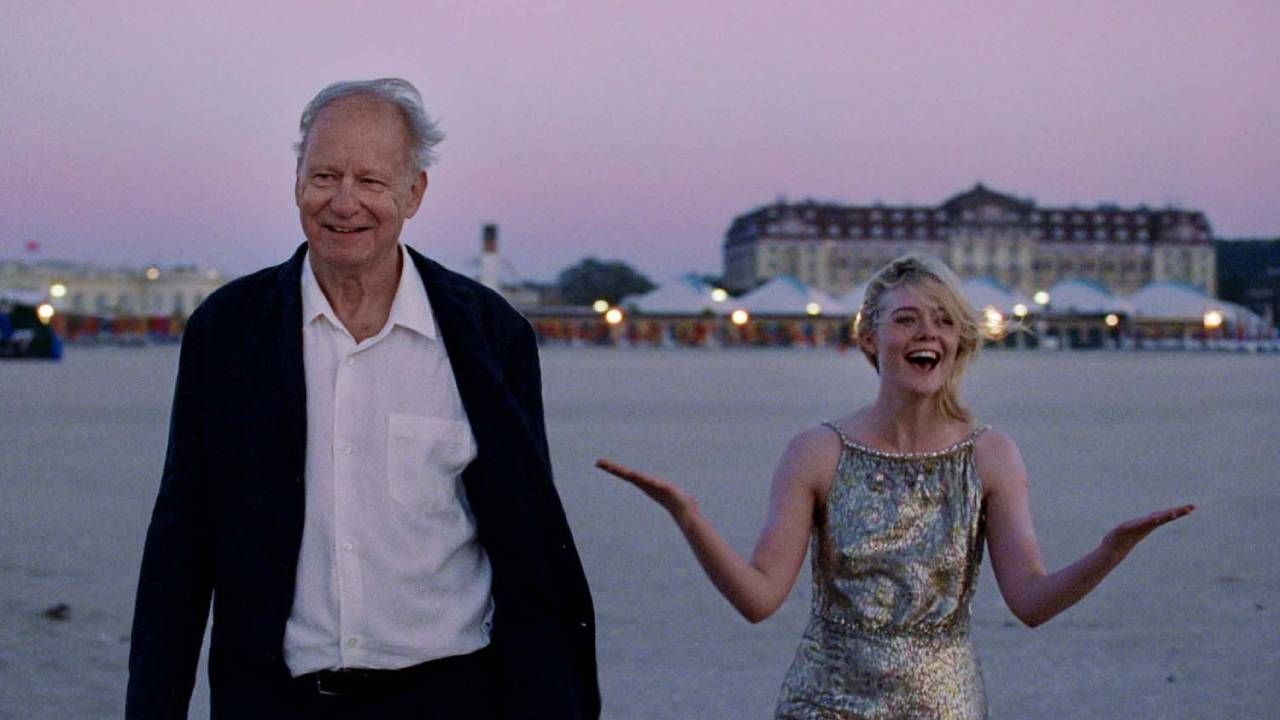Microsoft-backed startup OpenAI has initiated the rollout of GPT-4, a powerful AI model that succeeds the technology behind the popular ChatGPT in a “multimode” fashion, meaning it can generate content from image and text prompts.
The predecessor known as GPT-3.5 only accepts text prompts, while the latest version of the large language model can also use images as input to recognize objects in an image and analyze them. GPT-3.5 is limited to approximately 3,000 response words, while its current version can generate responses of over 25,000 words.
The new GPT-4 is 82% less likely to respond to requests for disallowed content than its predecessor, and scores 40% higher in some factuality tests.
The most up-to-date version will also allow developers to decide the tone and verbosity style of their AI. For example, GPT-4 can assume a conversational Socratic style and answer questions with questions. The previous iteration of the technology had a fixed tone and style.
Soon, ChatGPT users will have the ability to change the tone and style of chatbot responses, OpenAI said.
The latest version outperformed its predecessor in the United States Bar Examination and Graduate Record Examination (GRE). GPT-4 can also help people calculate taxes, showed a demo by Greg Brockman, president of OpenAI.
The application that serves the visually impaired Be My Eyes will make available in its application a virtual volunteering tool developed by GPT-4.
LIMITATIONS
According to OpenAI, GPT-4 has similar limitations to its previous versions and is “less capable than humans in many real-world scenarios”.
The startup said the new version can compete with humans in many domains, especially when paired with a human editor. The company cited an example where GPT-4 made suggestions that seemed plausible, when asked how to get two parties to disagree with each other.
OpenAI CEO Sam Altman said GPT-4 was “more capable and aligned” with human values and intentions, though “it’s still flawed.”
GPT-4 is generally unaware of events occurring after September 2021, when the vast majority of its data has been disrupted, and is not learning from the experience.
While the new version can process both text and image input, only the text input feature will be available to ChatGPT Plus subscribers and software developers, with a waiting list, while the image input feature is not still available to the public.
The subscription plan, which offers faster response times and priority access to new features and improvements, launched in February and costs $20 a month.
GPT-4 powers Microsoft’s Bing AI chatbot and some paid features of the Duolingo language learning platform.
Source: Terra
Rose James is a Gossipify movie and series reviewer known for her in-depth analysis and unique perspective on the latest releases. With a background in film studies, she provides engaging and informative reviews, and keeps readers up to date with industry trends and emerging talents.






-us06lnqz6sz4.png)
